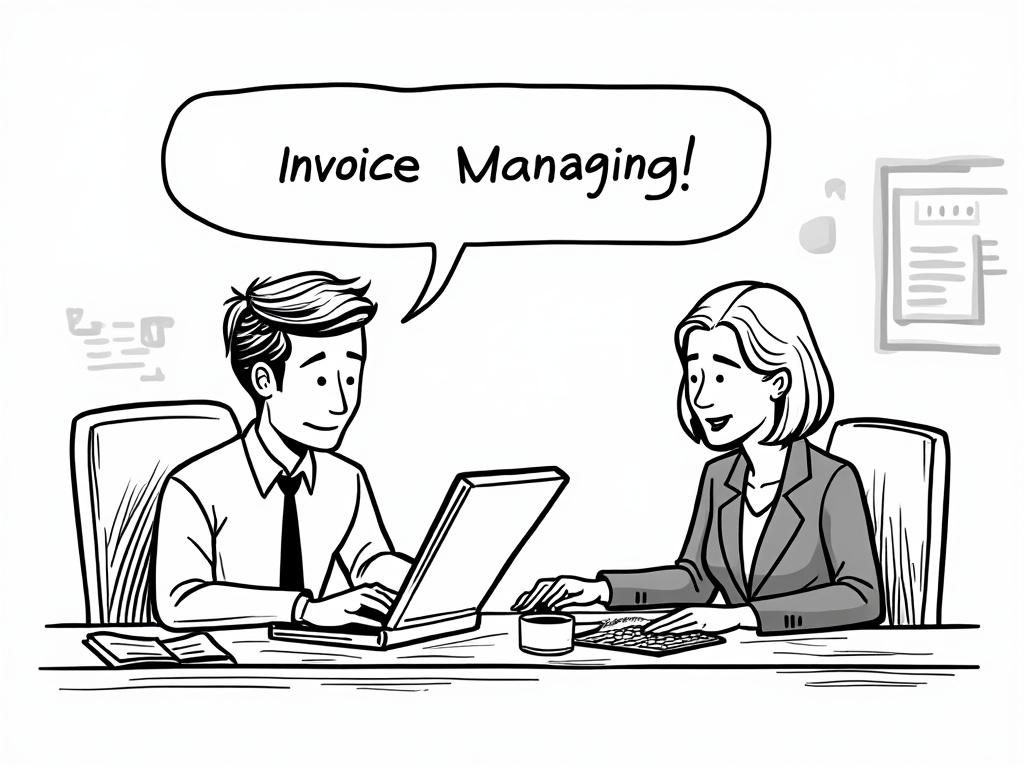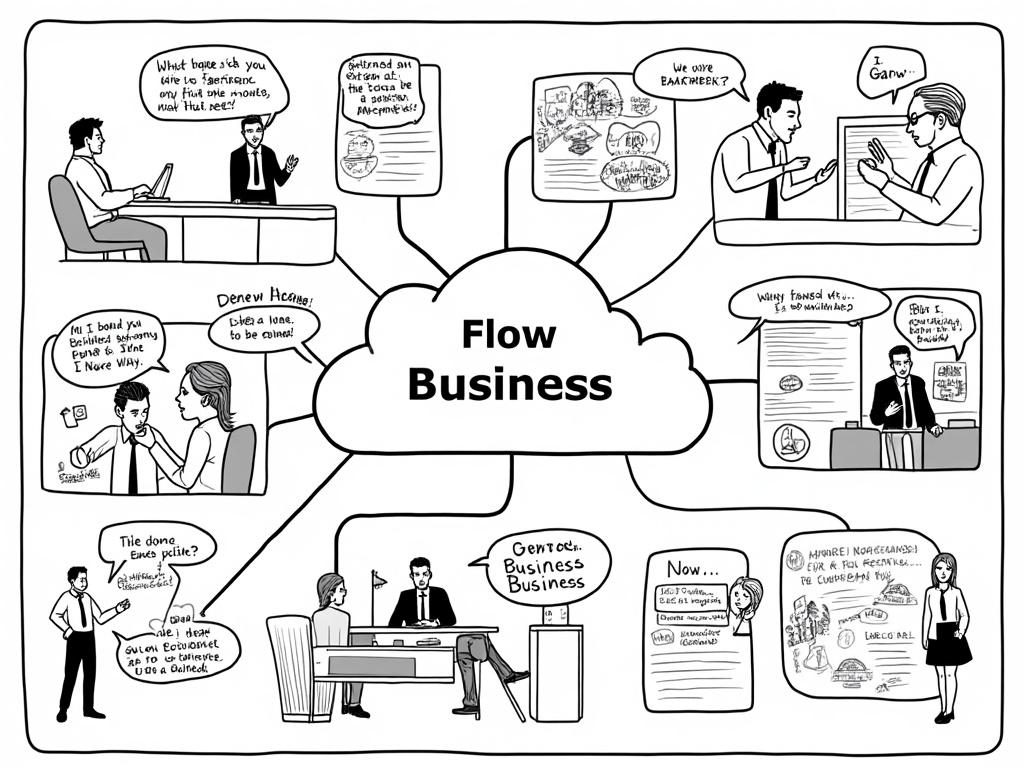
Preparing Financial Statements in Estonia: A Comprehensive Guide to Balance Sheets and P&L
Reading time: 12 minutes
Table of Contents
- Introduction to Estonian Financial Reporting
- Estonia’s Financial Reporting Regulatory Framework
- Preparing the Balance Sheet
- Creating the Profit and Loss Statement
- Company Size and Reporting Requirements
- Common Challenges and Solutions
- E-solutions and Digital Reporting in Estonia
- Conclusion
- Frequently Asked Questions
Introduction to Estonian Financial Reporting
Standing at the crossroads of financial compliance in Estonia? You’re about to navigate one of Europe’s most digitally advanced financial reporting systems. For entrepreneurs and finance professionals alike, understanding the nuances of Estonian financial statements isn’t just about ticking regulatory boxes—it’s about creating strategic tools that can power intelligent business decisions.
Estonia’s approach to financial reporting blends EU-compliant standards with digital innovation, creating a system that’s both rigorous and remarkably efficient. Whether you’re establishing a new operation or streamlining existing processes, mastering the balance sheet and profit and loss (P&L) statement preparation is fundamental to your business success in this Baltic tech hub.
But let’s be honest: financial reporting rarely tops anyone’s list of favorite business activities. That’s precisely why we’ve created this practical guide—to transform what might seem like a daunting compliance exercise into a valuable business intelligence opportunity.
Estonia’s Financial Reporting Regulatory Framework
Before diving into the specifics of statement preparation, let’s establish the regulatory landscape you’ll be operating within.
Legal Foundation and Standards
Estonian financial reporting rests on three key pillars:
- The Estonian Accounting Act (Raamatupidamise seadus) – The foundation of all financial reporting requirements
- Estonian Financial Reporting Standards (Eesti finantsaruandluse standard) – Closely aligned with IFRS for SMEs
- European Union Directives – Particularly the Accounting Directive (2013/34/EU)
What makes Estonia unique is how these frameworks have been implemented within the country’s digital-first approach to governance. As Kristjan Järvan, Estonia’s former Minister of Entrepreneurship, noted: “Our accounting framework is designed not just for compliance but to support Estonia’s digital ecosystem, where financial transparency and efficiency create competitive advantages for businesses operating here.”
Filing Requirements and Deadlines
Understanding the when and where of financial reporting is just as important as mastering the how:
- Annual reports must be submitted within 6 months after the end of the financial year
- Reports are filed electronically through the e-Business Register (Äriregister)
- The standard financial year runs from January 1 to December 31, though companies can choose different periods with justification
- Late submissions may result in fines ranging from €200 to €3,200
Preparing the Balance Sheet
The balance sheet (bilanss) offers a snapshot of your company’s financial position at a specific point in time, typically the last day of the reporting period. Let’s break down the Estonian approach to balance sheet preparation.
Structure and Content Requirements
Estonian balance sheets follow a standard format with assets on the left (or top) and liabilities and equity on the right (or bottom). The fundamental equation remains constant:
Assets = Liabilities + Equity
However, the specific line items and categorization have Estonian nuances worth noting:
Assets (Varad)
- Current Assets (Käibevara): Cash, short-term investments, accounts receivable, inventory, and prepaid expenses
- Non-Current Assets (Põhivara): Long-term investments, property, plant, equipment, intangible assets, and goodwill
Liabilities and Equity (Kohustised ja omakapital)
- Current Liabilities (Lühiajalised kohustised): Accounts payable, short-term loans, taxes payable
- Non-Current Liabilities (Pikaajalised kohustised): Long-term loans, bonds payable, deferred tax liabilities
- Equity (Omakapital): Share capital, share premium, legal reserves, retained earnings
Here’s a practical example: A mid-sized Estonian tech company might have its current assets prominently featuring accounts receivable from international clients, while its non-current assets might highlight intellectual property—reflecting Estonia’s strength as a digital economy.
Valuation Principles and Estonian-Specific Considerations
Asset and liability valuation follows these key principles:
- Historical Cost Principle: Assets are generally recorded at their original purchase price
- Fair Value Adjustments: Certain assets (like investments) may require fair value measurement
- Impairment Testing: Regular evaluation of asset values to ensure they’re not overstated
A unique Estonian consideration is cryptocurrency reporting. Given Estonia’s embrace of blockchain technology, companies often hold digital assets that require special valuation approaches. The Estonian Accounting Standards Board recommends treating cryptocurrencies as intangible assets or inventory, depending on their intended use.
Creating the Profit and Loss Statement
While the balance sheet captures your financial position, the profit and loss statement (kasumiaruanne) reveals your financial performance over time. It’s where the story of your business operations comes to life.
Format Options and Required Elements
Estonian regulations provide two format options for the P&L statement:
- Schema 1: Cost of goods sold approach (function-based classification)
- Schema 2: Nature of expense approach (character-based classification)
The choice between these formats should align with your internal management reporting and industry norms. Tech companies often prefer Schema 1, while manufacturing businesses might find Schema 2 more suitable.
Regardless of format, all P&L statements must include:
- Revenue (Müügitulu)
- Costs related to operations
- Financial income and expenses
- Income tax (where applicable)
- Net profit or loss for the period
Revenue Recognition and Expense Classification
Estonian accounting principles for revenue recognition generally align with international standards but with some local particularities:
- Revenue Recognition: Revenue should be recorded when the significant risks and rewards of ownership have transferred to the buyer
- Multi-Element Contracts: For complex arrangements (common in Estonia’s IT sector), components must be recognized separately if they have standalone value
- Service Contracts: Recognized by reference to the stage of completion (percentage-of-completion method)
Real-world scenario: An Estonian software-as-a-service company would recognize subscription revenue over the service period rather than upfront, even if payment is received in advance. This approach accurately reflects the continuous delivery of service value.
For expense classification, Schema 1 groups expenses by function (cost of sales, distribution costs, administrative expenses), while Schema 2 presents them by nature (materials, personnel, depreciation).
Company Size and Reporting Requirements
One of the most practical aspects of Estonian financial reporting is its tiered approach based on company size. This creates proportional requirements that don’t overburden smaller entities.
Classification Criteria
Estonian accounting law defines company categories based on three criteria:
| Company Category | Total Assets | Annual Revenue | Average Employees | Reporting Requirements |
|---|---|---|---|---|
| Micro-enterprise | ≤ €175,000 | ≤ €50,000 | ≤ 10 | Simplified reports |
| Small enterprise | ≤ €4 million | ≤ €8 million | ≤ 50 | Standard reports |
| Medium enterprise | ≤ €20 million | ≤ €40 million | ≤ 250 | Expanded reports |
| Large enterprise | > €20 million | > €40 million | > 250 | Full reports with additional disclosures |
A company falls into a category when it exceeds or meets two of the three thresholds for two consecutive years.
Simplified Reporting for Small Entities
If you’re running a micro or small enterprise in Estonia, you’ll benefit from these simplified requirements:
- Abbreviated balance sheet with condensed line items
- Reduced notes to the financial statements
- Exemption from certain disclosures, such as detailed related party transactions
- Option to use simplified accounting principles in several areas
As Maria Tamm, an accounting specialist at the Estonian Association of SMEs, points out: “The tiered reporting system is a competitive advantage for Estonia’s startup ecosystem. Early-stage companies can focus on growth rather than excessive reporting requirements, while still maintaining financial transparency.”
Common Challenges and Solutions
Even with Estonia’s streamlined approach, preparing financial statements presents several recurring challenges. Let’s address the most common issues entrepreneurs face.
Currency Translation and Foreign Operations
Given Estonia’s international business orientation, many companies deal with multiple currencies. Here’s how to handle this complexity:
- Functional Currency Determination: Most Estonian entities use the Euro as functional currency, but subsidiaries operating primarily in other economic environments might need a different functional currency
- Transaction Translation: Foreign currency transactions should be recorded using the exchange rate at the transaction date
- Balance Sheet Date Adjustments: Monetary items in foreign currencies must be restated using the closing rate
Case study: An Estonian e-commerce company selling primarily to Nordic countries must carefully track exchange rate fluctuations between the Euro and Nordic currencies. Their accounting system automatically applies the Bank of Estonia’s official exchange rates, but year-end adjustments require manual review to ensure accuracy.
Digital Asset Reporting
Estonia’s position as a digital leader means many businesses deal with cryptocurrencies and other digital assets. The current approach to reporting these assets includes:
- Classification as intangible assets (if held long-term) or inventory (if trading)
- Initial recognition at cost (acquisition price plus transaction fees)
- Subsequent measurement typically at cost model, with impairment testing
- Detailed disclosure of valuation policies in the notes
However, this is an evolving area. The Estonian Accounting Standards Board issued guidance in 2018, but as technology and regulatory frameworks develop, reporting requirements continue to evolve.
E-solutions and Digital Reporting in Estonia
Estonia’s reputation as a digital society extends fully to its financial reporting ecosystem, offering efficient solutions that reduce administrative burden.
E-filing and XBRL Reporting
All annual reports in Estonia must be submitted electronically through the e-Business Register. The system accepts reports in XBRL (eXtensible Business Reporting Language) format, which standardizes financial data for easy analysis and comparison.
The process works as follows:
- Prepare financial statements using accounting software that supports Estonian reporting formats
- Generate XBRL-tagged report directly from your accounting system or use the Business Register’s online forms
- Digitally sign the report using your Estonian e-ID, Mobile-ID, or Smart-ID
- Submit through the e-Business Register portal
This digital approach eliminates paper-based submissions entirely and enables automatic validation of reports, reducing errors and the need for corrections.
Recommended Software Solutions
Several accounting platforms are well-optimized for Estonian financial reporting requirements:
- Merit Aktiva: A popular cloud-based solution with strong Estonian-specific features
- Erply: Combines accounting with inventory and POS functionality
- 1oT: Designed specifically for Estonia’s e-resident entrepreneurs
- Xero and QuickBooks: International solutions that work well when configured for Estonian requirements
When selecting software, ensure it supports:
- Estonian chart of accounts
- XBRL export capability
- VAT reporting formats
- Integration with e-invoicing
Conclusion
Navigating Estonia’s financial reporting requirements for balance sheets and P&L statements doesn’t need to be overwhelming. The country’s digital-first approach, proportionate requirements based on company size, and clear regulatory framework create a relatively straightforward environment for compliant financial reporting.
Remember these key takeaways:
- Estonia balances international standards with digital efficiency in its reporting requirements
- Company size significantly impacts reporting complexity—understand where your business fits
- The e-Business Register’s digital submission process eliminates paper-based bureaucracy
- Well-prepared financial statements serve not just compliance needs but provide valuable business insights
By mastering the balance sheet and P&L statement preparation process, you’re not just meeting regulatory requirements—you’re building financial literacy that can drive better business decisions and support your growth in Estonia’s innovative business environment.
Frequently Asked Questions
Do I need to use IFRS or Estonian Accounting Standards for my financial statements?
It depends on your company type. Listed companies and financial institutions must use full IFRS as adopted by the EU. All other entities can choose between IFRS and Estonian Accounting Standards (which are closely aligned with IFRS for SMEs). Most small and medium-sized businesses opt for Estonian standards as they provide appropriate reporting frameworks with less complexity than full IFRS.
How do Estonia’s e-residency holders handle financial reporting requirements?
E-residents with Estonian companies face the same financial reporting requirements as local entrepreneurs. The e-Business Register is fully accessible to e-residents, who can prepare and submit annual reports remotely. E-residents typically engage with Estonian accounting service providers or use cloud-based accounting solutions specifically configured for Estonian requirements. The digital signature system allows reports to be signed and submitted from anywhere in the world using e-ID, Mobile-ID, or Smart-ID authentication.
What are the consequences of filing late or inaccurate financial statements in Estonia?
Filing late can result in monetary penalties ranging from €200 to €3,200, depending on the delay length and company size. The Tax and Customs Board may also impose compulsory dissolution proceedings for companies with prolonged non-compliance. Beyond official penalties, late filing impacts business reputation and may complicate relationships with banks, investors, and business partners. Inaccurate statements can trigger tax audits and, in cases of deliberate misrepresentation, may lead to personal liability for board members. Estonia’s transparent business environment means financial reporting compliance directly influences your company’s credibility in the marketplace.



